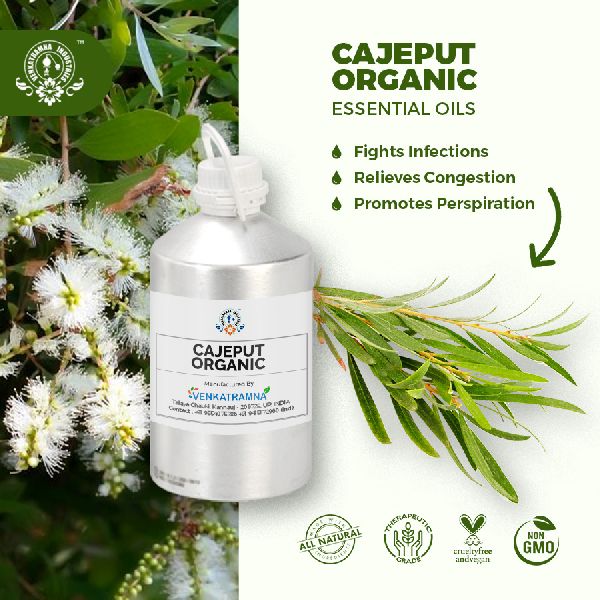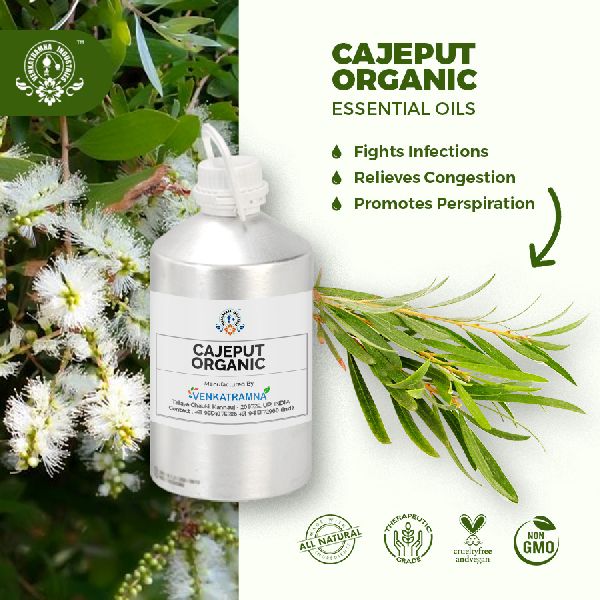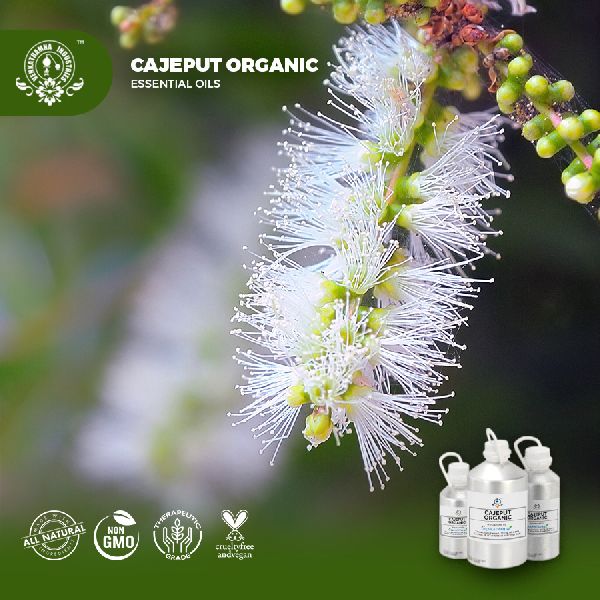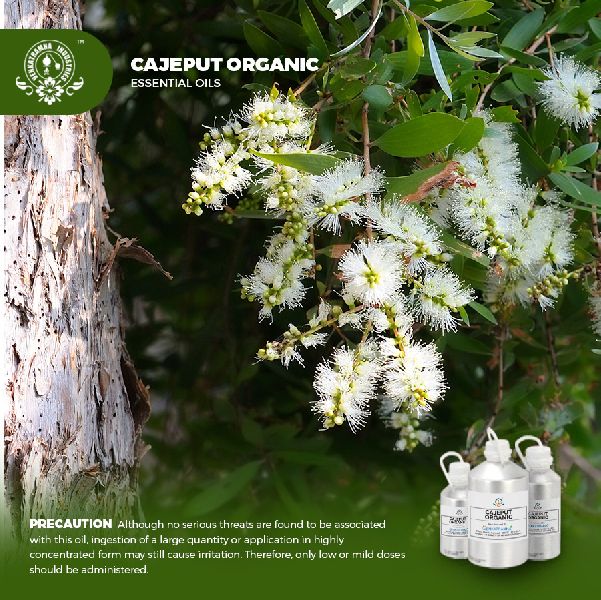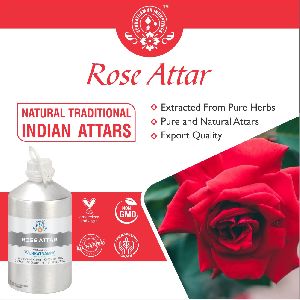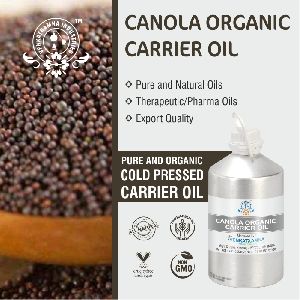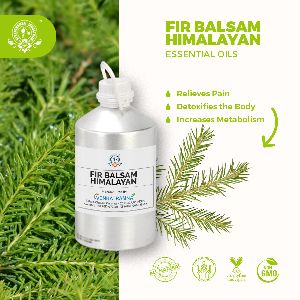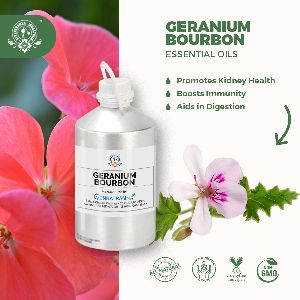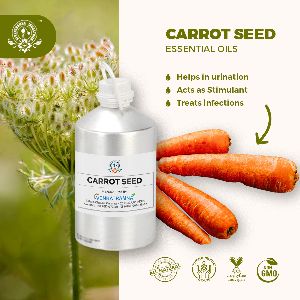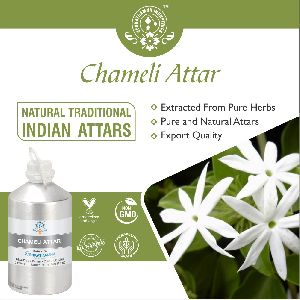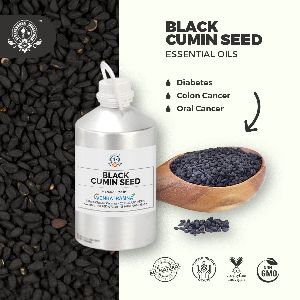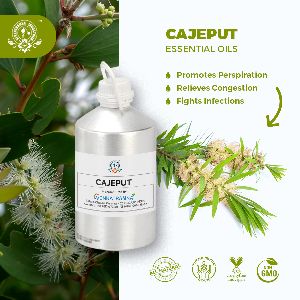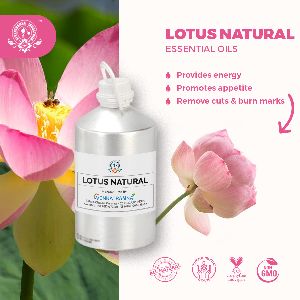Indra Nagar, Kanpur, Uttar Pradesh - GST No. 09AVOPS2676K1ZN
- Send SMS
- Send Email
Cajeput Organic Oil
| Business Type | Manufacturer, Exporter, Supplier, Retailer, Wholesaler |
Preferred Buyer From
| Location | Worldwide |
M. cajuputi is one of the 10 species that together form the M. leucadendra (L.) (also often named M. leucadendron ) complex. Many early references to M. leucadendra or M. leucadendron yielding cajeput oil from Indonesia and Vietnam in fact refer to M. cajuputi . It is often difficult to distinguish species within the complex, especially in areas where they overlap, because distinctive characteristics also overlap. Within the complex, M. cajuputi is most closely related to M. viridiflora Sol. ex Gaertner and M. quinquenervia (Cav.) S.T. Blake. Distinctive characteristics are: M. cajuputi has leaves with petiole 3-11 mm long, blade mostly longer than 5 cm and less than 2.5 cm wide, old leaves densely dotted with glands, rather thin in texture, with reticulations almost as prominent as the main veins and young shoots with spreading hairs. M. viridiflora has leaves with petioles 1-2 cm long, blades wider than 2.5 cm, very thick, young shoots with appressed silky hairs. M. quinquenervia is like M. cajuputi but its old leaves are not conspicuously dotted with glands, not thin-textured and have obscure reticulations. It is Evergreen shrub or usually single-stemmed tree up to 25(-40) m tall with an extensive root system, sometimes with aerial adventitious roots. Bark layered, fibrous and papery, grey to white. Crown fairly dense and wide, somewhat silvery in appearance; smaller branches and twigs slender but not drooping, young shoots densely silky hairy with spreading fine hairs up to 2 mm long.
M. cajuputi is a long-lived, moderately fast-growing tropical tree adapted to both waterlogged and well drained soils. On soils subject to prolonged waterlogging it develops aerial adventitious roots, which can form buttresses on the lower trunk. Like all melaleucas, it does not develop dormant buds and grows whenever conditions are favourable. After bush fires, it will regenerate by seed, coppicing and from root suckers.
Specifications
| Botanical Name: | Melaleuca cajuputi (Melaleuca cajuputi Powell) |
| Common name: | Gelam, Paper Bark Tree, Kayu Puteh, Tea Tree, Paper-bark, Cajeput, Cajeput Oil Tree, White Tree, White Wood |
| Plant family: | Myrtacea |
| Genus: | Melaleuca |
| Appearance/Color: | A pale yellow, sometimes with a green tint-white mobile liquid. |
| Odor: | Oil has a fresh, camphorous aroma resembling the combined fragrances of camphor, rosemary, and cardamom, with a slight fruity note; a middle note with a medium strength aroma (fresh, minty, camphor). |
| Blends With: | Cedarwood, clove bud, labdanum origanum, rosemary, and thyme. |
| Origin | Indonesia |
| Source | Leaves and Twigs |
| Method of Extraction | Steam Distillation |
Technical Analysis
| Key Constituents | Strength (%) |
| 1,8-cinene | 41.1-70.8 |
| a-terpineol | 6.5-8.7 |
| p-cymene | 0.7-6.8 |
| Terpinolene | 0-5.9 |
| g-terpinene | 1.2-4.6 |
| (p)-limonene | 3.8-4.1 |
| linalool | 2.7-3.6 |
| a-pinene | 2.1-3.2 |
| b-caryophyllene | 0.7-2.5 |
| b-myrcene | 0.9-2.0 |
| a-caryophyllene | 0.5-1.6 |
| b-pinene | 0.8-1.5 |
| Terpinen-4-ol | 0.6-1.5 |
| b-selinene | 0-1.5 |
| a-selinene | 0-1.5 |
| Guaiol | 0-1.2 |

